Cats are often perceived as aloof or independent, but many cats can be social creatures if given the right encouragement. Understanding your cat’s natural instincts and behaviors is the first step toward nurturing a more sociable pet. Most cats are territorial and wary of new situations, so patience and respect for their comfort zone are key.
Recognizing Social Behavior in Cats

Before you can encourage your cat to be more social, it’s important to recognize signs of sociability, which can include purring, kneading, and head-butting. These behaviors indicate that your cat is seeking interaction, though each cat may have their unique social cues. Understanding these behaviors helps tailor the approach to your cat’s personality.
Creating a Safe Environment
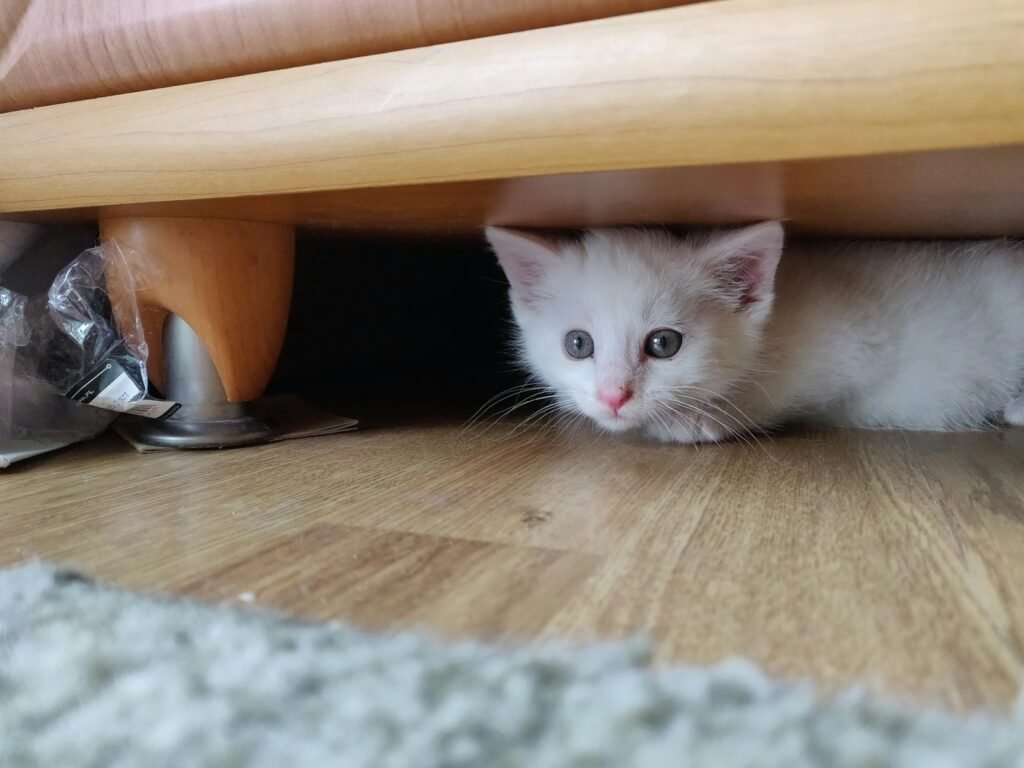
Cats are more likely to engage socially if they feel safe and secure in their environment. Ensure your home has plenty of escape routes and hiding spots, which help reduce anxiety. Introducing new people or pets gradually and ensuring your cat has a safe retreat can increase its sense of security.
Using Positive Reinforcement
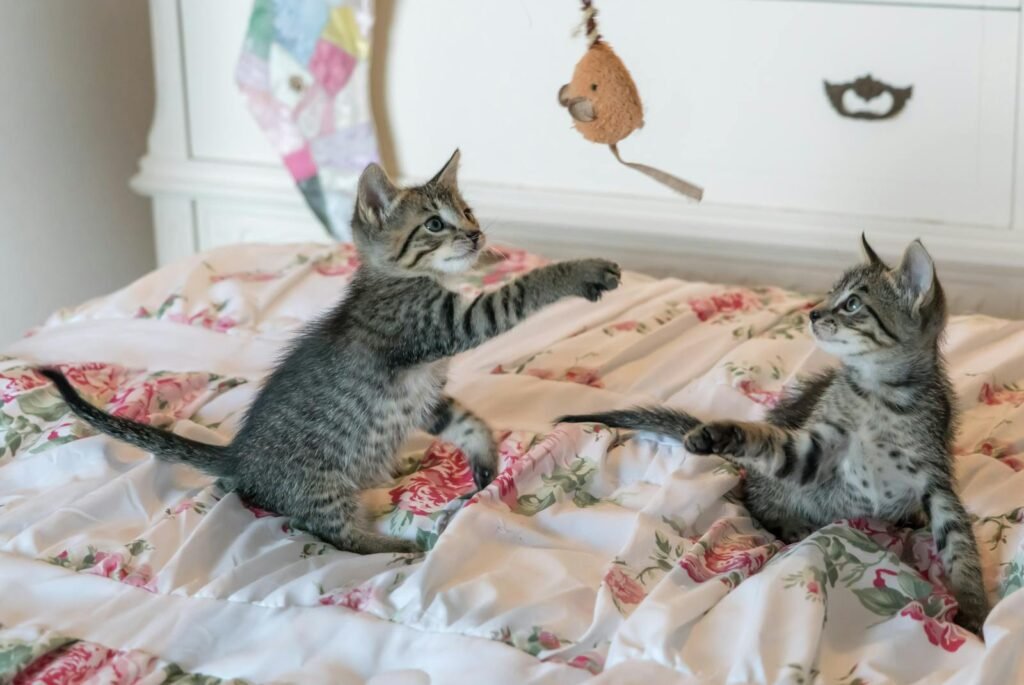
Positive reinforcement is a powerful tool in encouraging social behavior. Rewarding your cat with treats, affection, or playtime when they display social behavior can help reinforce these actions. This method not only enhances your cat’s confidence in interacting but also builds trust between you and your cat.
Incorporating Structured Playtime

Play is a natural way for cats to express themselves and socialize. Regular, structured play sessions with interactive toys can stimulate your cat’s natural hunting instincts and help them feel more comfortable interacting with you. Rotate toys regularly to keep sessions interesting.
Socializing with Other Animals
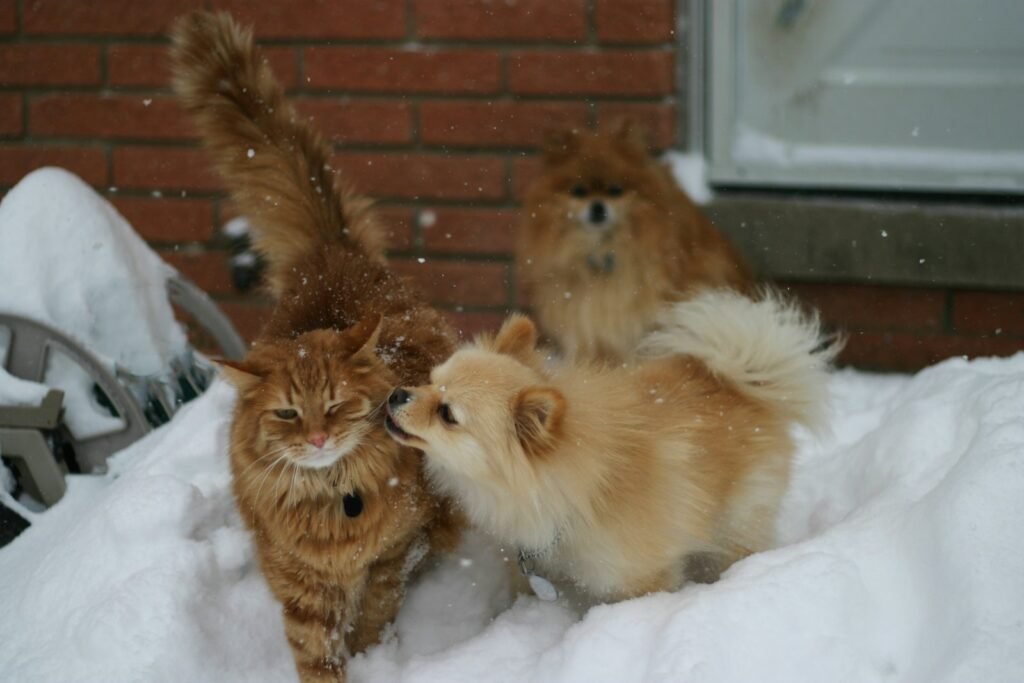
Introducing your cat to other animals should be done cautiously and gradually. Start with controlled, short interactions and monitor your cat’s body language closely. Over time, your cat can become more accustomed to other animals, enhancing its overall social skills.
Inviting Human Interaction

Encouraging your cat to interact with humans involves patience and sensitivity to your cat’s comfort level. Begin with short sessions where strangers are present, offering treats and toys to help your cat associate human interaction with positive experiences. Encourage calm and soft actions from people interacting with your cat.
Utilizing Cat-Attracting Aids
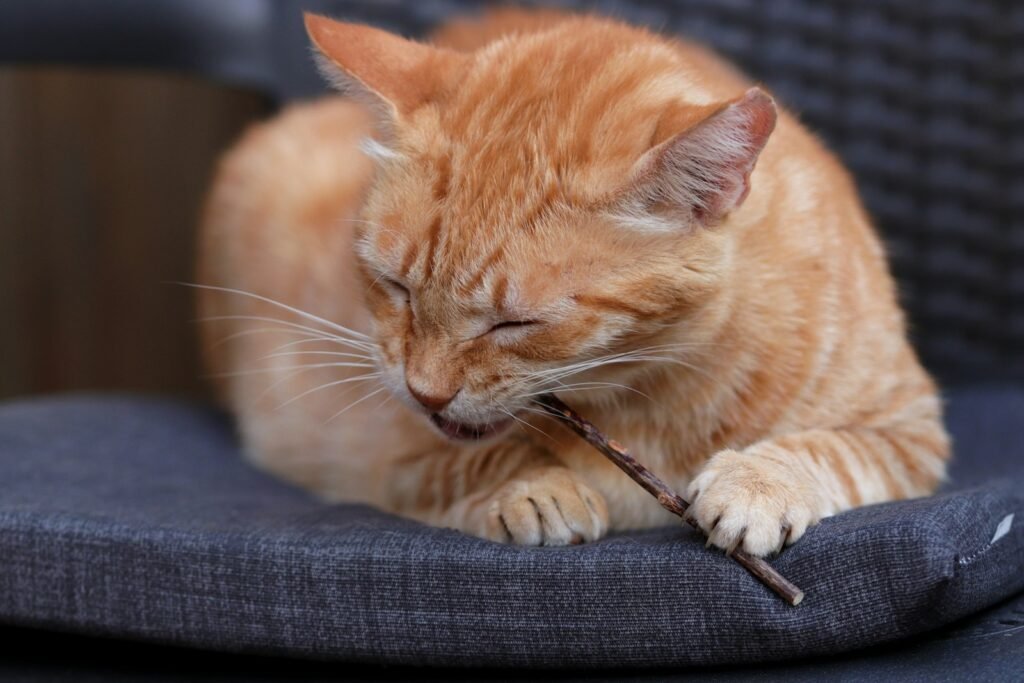
Utilizing aids such as calming sprays or catnip can make your cat more receptive to social interaction. Catnip, for instance, can excite and relax your cat, making them more open to engaging with humans and other animals. Be mindful of your cat’s reaction to these aids, as responses can vary.
Providing Ample Stimulation
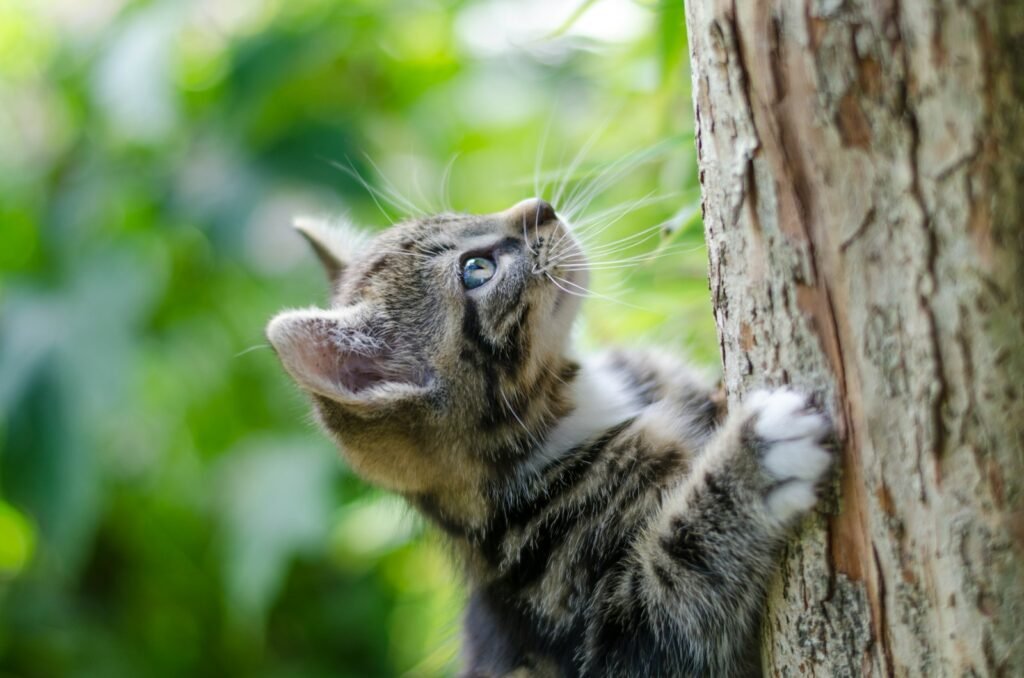
Cats need mental and physical stimulation to thrive. Providing a variety of activities such as puzzle feeders, climbing trees, or window perches can help satisfy their curiosity and reduce anxiety. A stimulated cat is usually a more relaxed and open one.
Maintaining Consistency and Patience
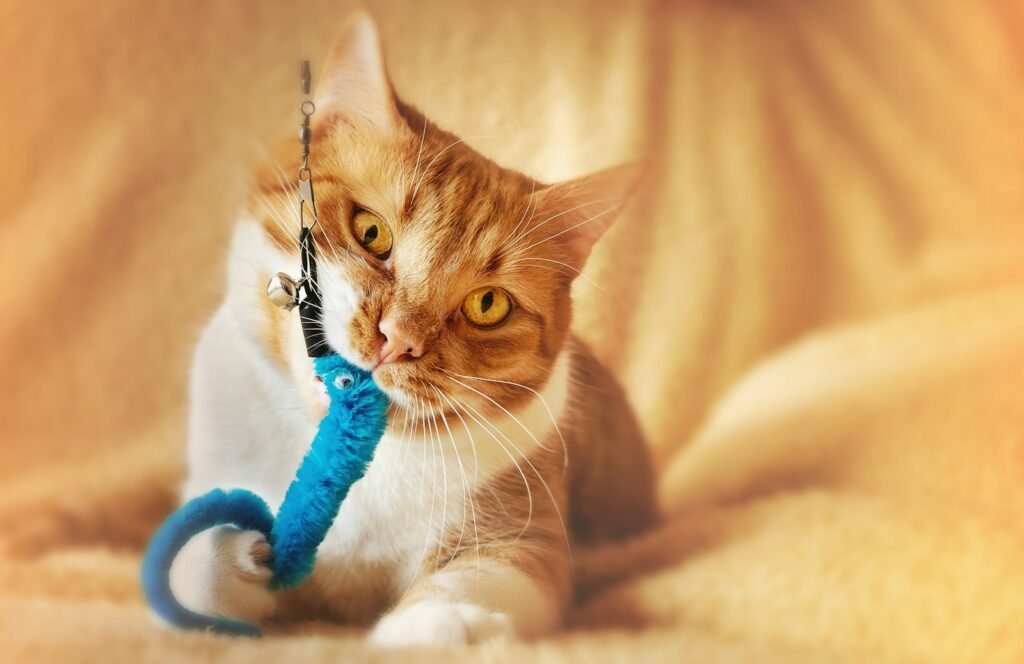
Consistency is key in reinforcing social behavior in cats. Regular interactions, routine playtimes, and a consistent environment help your cat know what to expect, reducing stress and fostering sociability. Patience is also crucial; each cat progresses at its own pace, and rushing can lead to setbacks.
Conclusion: Celebrating Small Wins
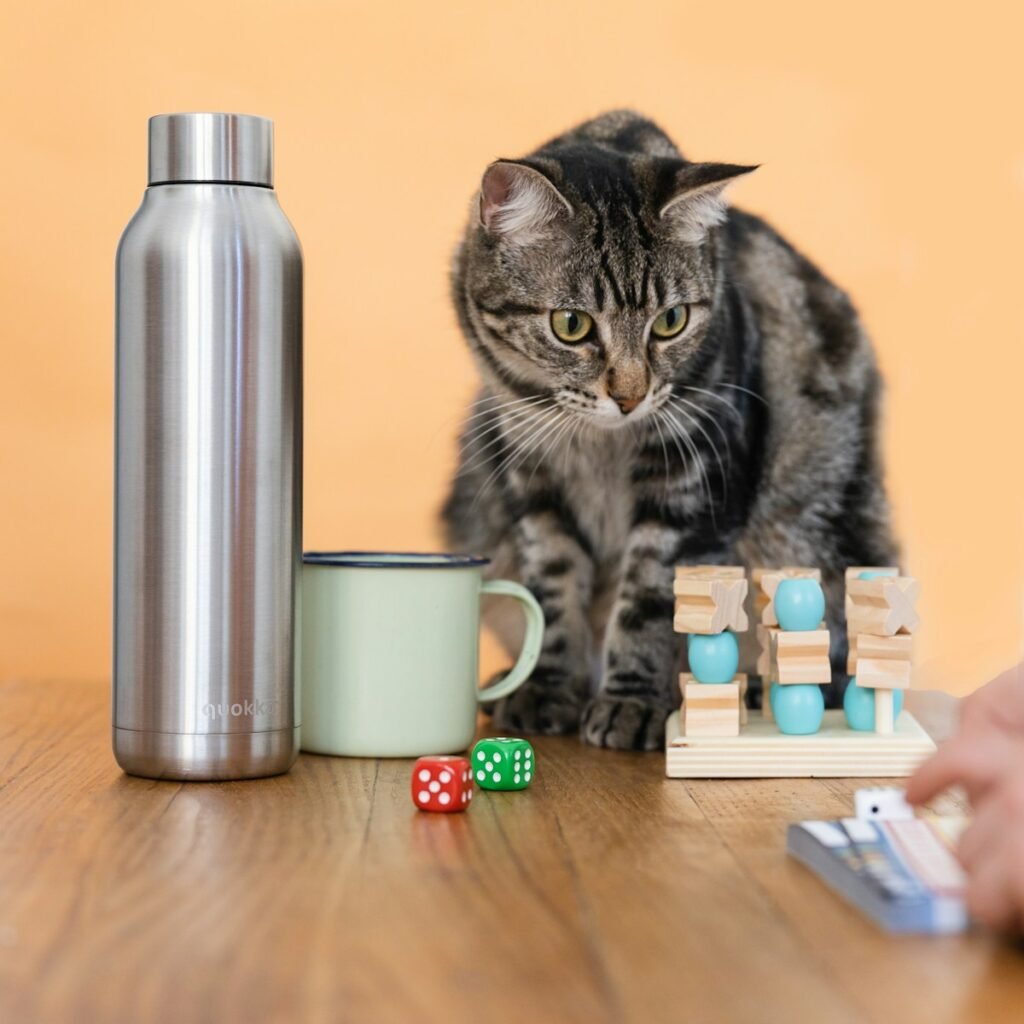
Encouraging a cat to be more social is a gradual process that requires time, effort, and understanding. Celebrate the small victories, whether it’s your cat choosing to sit closer to you or willingly engaging in play. These milestones are significant steps toward nurturing a more social feline companion.

Growing up traveling and experiencing new cultures and wonders, I have had a passion for nature, adventuring, photography, and videography. I am currently working towards a BSc in Biodiversity and Ecology at Stellenbosch University, and I hope to specialise in Marine Sciences one day.
Please send any feedback to Feedback@animalsaroundtheglobe.com





